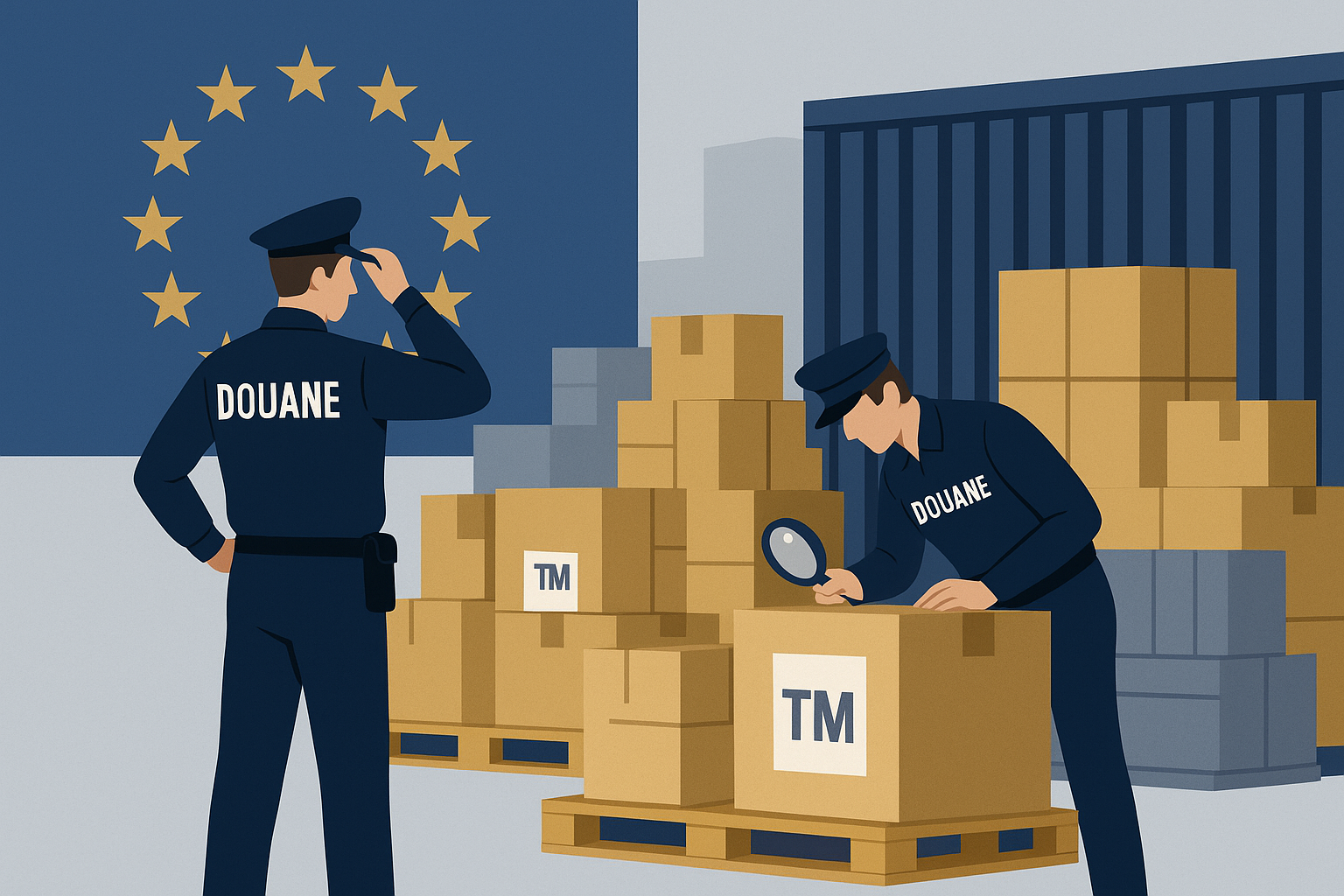
The impact of intellectual property on the European Union economy
November 4, 2022
War and Intellectual Property
November 18, 2022
The adoption of color as a source indicator is becoming more and more evident for companies, especially in the fashion and luxury sectors where color generally contributes to the success of a brand, a symbol of prestige.
Indeed, colors play an essential role in the identity of companies, since they have a lasting impact on consumers who will spontaneously associate certain colors with a particular company.
Tiffany & Co, Hermès, Christian Louboutin or Milka are good examples, as they are widely recognized by the public through their emblematic colors, and on which they have a trademark right.
The same goes for color combinations that are also frequently used, such as Gucci‘s red and green or Ikea‘s blue and yellow.
The recent efforts of Bottega Veneta (with its “Kelly green“) and Valentino (which created its color “Pink PP” in partnership with the Pantone Color Institute), have put color trademarks back in the spotlight.
If, in France, the Intellectual Property Code does not exclude color trademarks, the fact remains that, in practice, these trademarks are rarely accepted by the French Office (and more broadly by the European Union Office).
Why?
To constitute a trademark, the sign must be distinctive, i.e., it must allow a consumer to identify the commercial origin of the goods or services in relation to competing goods.
If a color can be the distinctive sign of a company, and thus be registered as a trademark, it faces the reluctance of the French courts and those of the European Union, which have set up stricter conditions for colors to be registered as trademarks.
The Offices consider in this respect that there is a reduced number of colors available, and allowing a single company to benefit from a monopoly on a color would create an illegitimate competitive advantage in favor of a single economic operator.
And secondly, that the consumer is not able to identify the origin and provenance of goods and services by the mere contemplation of a color, in the absence of any graphic or textual element, because a color in itself is not, in current commercial practice, in principle, used as a means of identification.
Therefore, in order for a color (or combination of colors) to be recognized as distinctive, the use of the color would have to be absolutely unusual or striking in relation to market usage.
Or the Applicant must be able to demonstrate that the sign has acquired distinctive character through use and that the color/colors combination is now immediately associated by the consumer with the goods and services offered by the mark in question.
Veuve Clicquot, for example, has been successful in registering its orange brut because of its market share in the Member States and because of the advertisements and press articles that expressly refer to this color when talking about champagne.
Or the Swiss chocolate brand Milka and its famous lilac color, which is now the subject of a European Union trademark thanks to this grant.
So whether it’s competing for and attracting consumer attention in a branded marketplace, color marks are a valuable asset in your trademarks portfolio.
If Louboutin had only protected its name (even though no one looks at the shoe to see what it says), and not the red color of its sole, it would not have a monopoly on what is the real added value and recognizable sign to protect.
– Anaïs GREFFOZ, Intellectual Property Lawyer at Mark & Law



